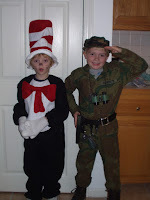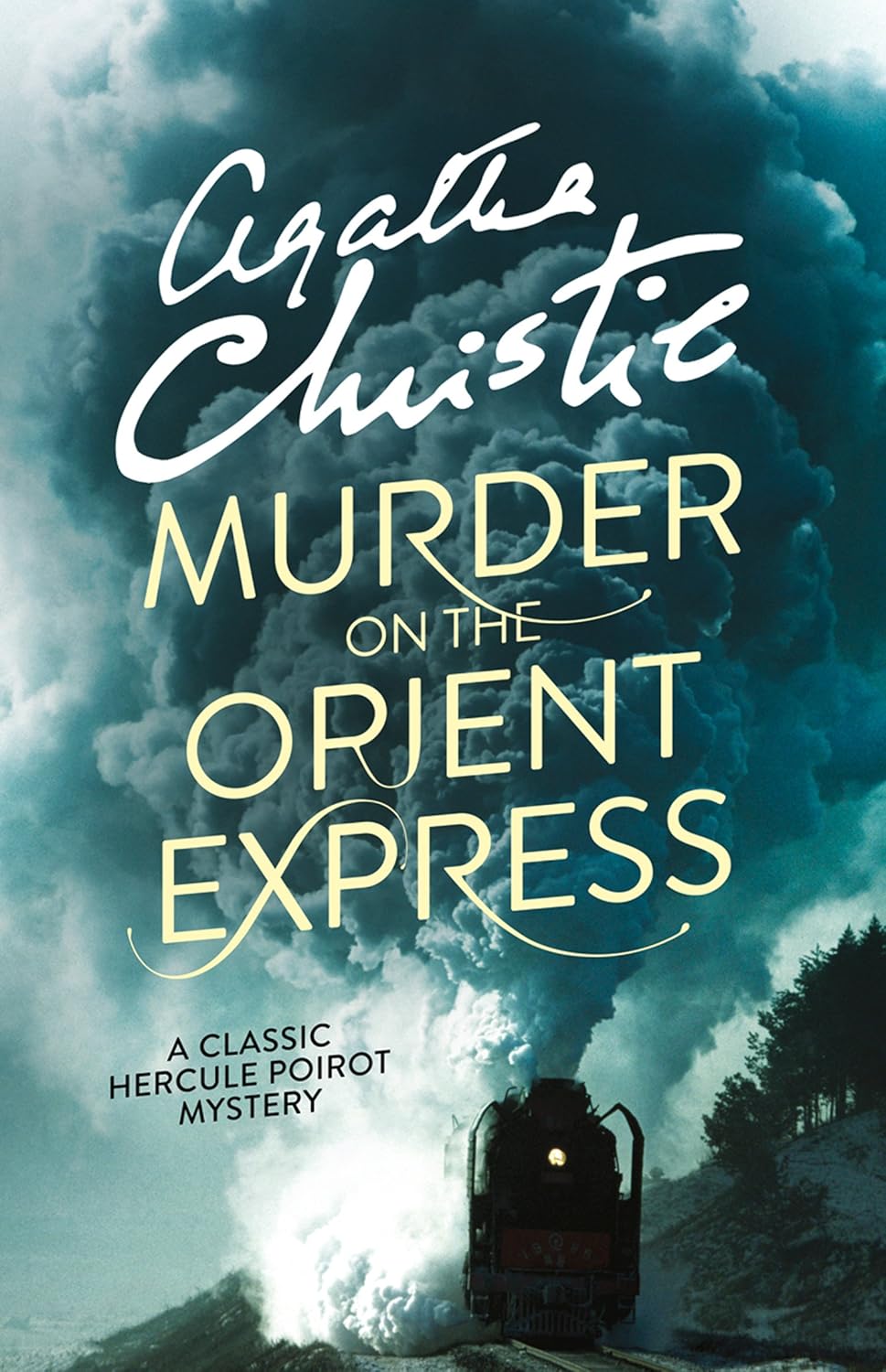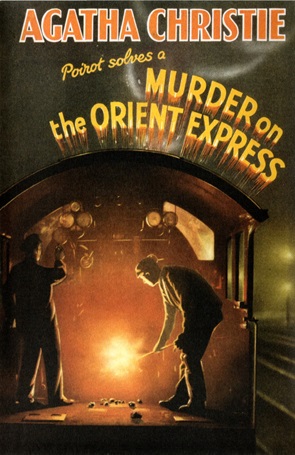My mother tried to raise kids who didn't know fear. I think she must have experienced some very bad moments in her own childhood because she understood the nature of childhood terrors and did her best to keep me and my sister from everything scary. Our TV shows were monitored, our movie choices screened and Mom made sure that the books we read could never frighten or intimidate us. All of this careful planning had a funny result: we grew up scared of a lot of things and although my sis recovered fairly quickly, (she's far braver than I am) it takes me some extra work to get past the terror on the screen and in fiction. I work at this because I don't want to miss something good, just because it is disturbing but sometimes I have to ask (as my Mom must have before every Halloween and roller-coaster), "Why do we like to be scared?"

 The wish to be frightened is part of Halloween tradition but this goes back a lot further than a "Haunted-House-for-Charity" (think about this: these days, we get startled out of our wits in order to give money to a worthy cause. Must we be terrorized into generosity?) Authors have been scaring us for a living for centuries. So, did scary stories like The Castle of Otranto and The Mysteries of Udolpho become popular in the 1700's because printing presses were available to print them or had our lives become so civilized by then that we needed a frisson of fright in order to stay interested in life?
The wish to be frightened is part of Halloween tradition but this goes back a lot further than a "Haunted-House-for-Charity" (think about this: these days, we get startled out of our wits in order to give money to a worthy cause. Must we be terrorized into generosity?) Authors have been scaring us for a living for centuries. So, did scary stories like The Castle of Otranto and The Mysteries of Udolpho become popular in the 1700's because printing presses were available to print them or had our lives become so civilized by then that we needed a frisson of fright in order to stay interested in life?
A friend of mine thinks it has something to do with endorphins. Terror involves a kind of excitement and surviving a scare often creates a mild euphoria so riding the roller coaster or paging through a tense thriller makes you feel good, especially when the hero/heroine triumphs instead of dies. Because the reader is never actually in danger, he or she gets the benefit of the endorphin rush without the trauma of the actual experience.

 (One reason I love the Tony Hill/Carol Jordan thrillers is that the author, Val McDermid, never discounts the trauma. Her heroes face grave dangers and usually prevail but each experience leaves its own scars and trauma. Nobody battles monsters and comes away untouched.) I think endorphins may play a role but I think there is something more.
(One reason I love the Tony Hill/Carol Jordan thrillers is that the author, Val McDermid, never discounts the trauma. Her heroes face grave dangers and usually prevail but each experience leaves its own scars and trauma. Nobody battles monsters and comes away untouched.) I think endorphins may play a role but I think there is something more.We live in a fearsome world, where atrocities are perpetrated that defy explanation. Sometimes, just examining these disasters is more than we can bear or understand. Nevertheless we still need, emotionally, to examine and understand these acts in order to put them in perspective. So we write and read horror stories where the monsters often have a background story that allows us to comprehend their motives and, eventually, overcome the antagonist. Monsters seldom prevail in these stores. Someone else gains control and the "bad guy: is subdued. Scary stories, frightening as they are, tell us things will ultimately come out all right. The monster will be stopped. Some hero will take control. A version of life will go on. These are comforting thoughts. Maybe we read scary stories to tell ourselves that terror is transitory and life will (eventually) be okay. Ultimately, control will be re-established.
Whether it's for the feeling of excitement or a sense of control, we continue to read and create scary stories. If you like them, this is the time to celebrate them. If not, find a nice copy of something comforting and hide out for the next week or so. Different stories will come along. Everything will be OK.





















